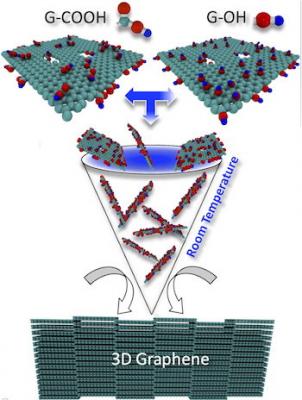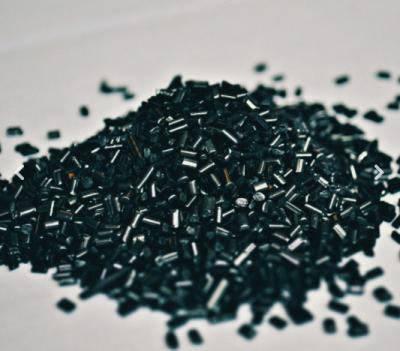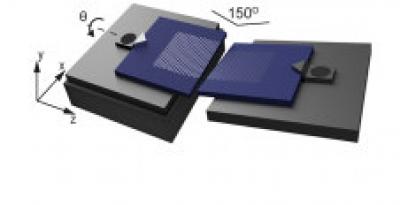EU project to develop graphene-based products for protection of artwork
An interesting project under the H2020 initiative is GRAPHENART - focused on examining graphene as an anti-fading agent for the protection of artworks. The project, funded at about â¬150,000, started at October 2017 and will go on until March 2019.
The reasoning behind the project is that fading, yellowing and discoloration are common degradation effects that result from exposure to UV and visible light and oxidizing agents, resulting in the irreversible alteration of the appearance of contemporary artworks. The GRAPHENART project aims to develop innovative, multi-functional graphene-based products (graphene ‘veils’ and inclusions) that provide UV shielding, de-acidification, oxygen and humidity barriers for the protection of old and modern paintings and artworks.






